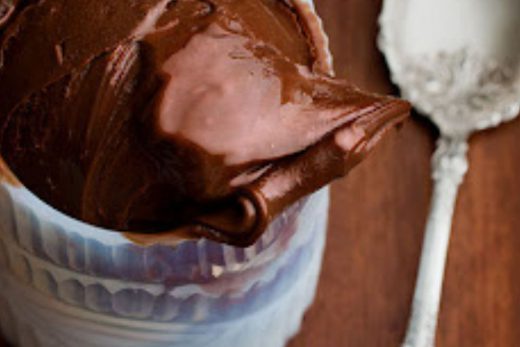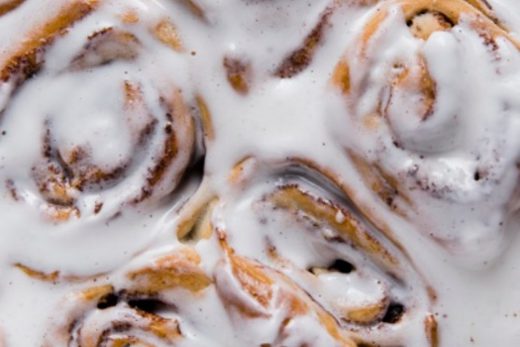pH is important for maintaining skin barrier integrity, knowing what products you should never mix, and everything in between. Let’s break down this idea in the simplest way possible so you can start incorporating it to make smarter decisions about your skincare.
Don’t worry, this won’t be like one of those boring chemistry lessons in school or anything. I’ll keep you entertained. 😉
What is pH?
pH stands for the “power of hydrogen” or “potential of hydrogen,” and is the measurement of how concentrated hydrogen ions are in a solution. In simpler terms, it measures how “acidic” or “basic” a substance is in comparison to distilled water which has a “neutral” pH of 7.0. (1)
Anything below a pH of 7.0 is considered an acid, and anything above a pH of 7.0 is considered an alkaline or “basic.” Generally speaking, acids taste sour and bases taste bitter.
Lemon juice, for example, is sour because it contains approximately 5% citric acid which has a pH of 2.2 meaning it’s highly acidic. On the other hand, baking soda taste bitter because it has a pH of 9.0 (highly alkaline). Two things, by the way, that you should NEVER be putting on your face — more about that later.
To further hammer down this point, let’s give some common examples of basic and acidic substances:
pH 1 = Battery Acid
pH 1.5 – 3.5 = Gastric (Stomach) Acid
pH 2 = Lemon Juice
pH 3 = Soft Drinks
pH 3.4 = Distilled White Vinegar
ph 3.5 = Orange Juice
pH 4.5 = Beer
pH 5.0 = Tea and Coffee
pH 5.5 = Rainwater
pH 6.2 – 7.4 = Saliva
pH 6.8 = Milk
*pH 7 = Distilled Water (the focal point of this scale)
pH 7.4 = Human Blood
pH 9 = Baking Soda
pH 9 = Seawater
pH 9.0-10.0 = Soaps and Detergents
pH 10.5 = Milk of Magnesia
pH 11.5 = Household Ammonia
pH 12.6 = Household Bleach
pH 14 = Lye (Sodium Hydroxide)
Why Does pH Matter For Skincare?
Because the pH of skin influences several factors contributing to its overall health. It’s been demonstrated that skin with pH values below 5.0 are healthier, more hydrated, and have a stronger barrier function than those above 5.0. (2)
Our skin is protected by something called the “acid mantle.” It is a small film on the surface of the stratum corneum composed of fatty acids, lactic acid, pyrrolidine carboxylic acid, amino acids, and a bunch of other sciencey terms and stuff that can be a little overwhelming. Let me translate that to English for normal people.
We have an acid mantle and it kicks BOOTY. Acid mantle = protective barrier on surface of skin composed of sweat, skin oils, and dead skin cells.
This acid mantle is what gives our skin its pH, and ranges anywhere from 4.0 to 7.0, with the average being 4.7. (3) It protects our skin from bacteria, fungi, viruses, environmental pollutants, makes skin soft and supple — it does everything!
Disrupting this lovely skin protector can have adverse effects and lead to stuff like inflammation, atopic dermatitis, dehydrated skin (skin that is both dry and oily at the same time), dry skin, skin sensitivity, acne, malassezia folliculitis etc. (4)
Of equal importance, is the acid mantle’s ability to maintain the integrity of our skin’s moisture barrier and microbiome (i.e. the healthy bacteria that live on our skin).
Just like the bacteria and yeast in our gut that keep us safe from stuff like crohn’s, food sensitivities, autoimmune diseases etc., our skin flora keeps us safe from diseases like acne, rosacea, psoriasis, and dermatitis. (5, 6, 7) Research has shown there is a very close relationship between the pH of skin and having healthy skin bacterium. (8, 9)
What Disrupts Our Skin’s pH and Acid Mantle?
Pollutants, pathogens, excessive occlusion, detergents, soaps, cleansers, heck — even water! (10, 11, 12, 13) I can hear you already, “what WATER?!” Now that you’re utterly terrified, let me calm you down and explain.
Here’s a general rule of thumb: the higher the pH of something, the more disrupting it is to the acid mantle and therefore moisture barrier. So while water isn’t bad per se, “hard water” is. Hard water is simply tap water with a high mineral content causing it to have a pH of 8.5 or more.
Fun-fact: this is why micellar water was invented! Back in the 90s, France was notorious for having “hard water,” so an awesome chemist formulated micellar water so poor french women could clean their faces without nuking their acid mantle.
The biggest acid mantle overkill you need to be worrying about is cleanser. You know that super squeaky feeling you get after using one? Yeah, that isn’t good! It’s an indication that your acid mantle has been disrupted. You should be avoiding that super squeaky feeling at all costs!
The goal is to cleanse your skin without over-stripping it of its natural oils. This is a reason the “oil cleansing method” is so popular. It removes debris and gunk, but leaves your face oils alone. Best of all, oils don’t have pH so you don’t gotta worry about alkalinity when choosing which one to use.





